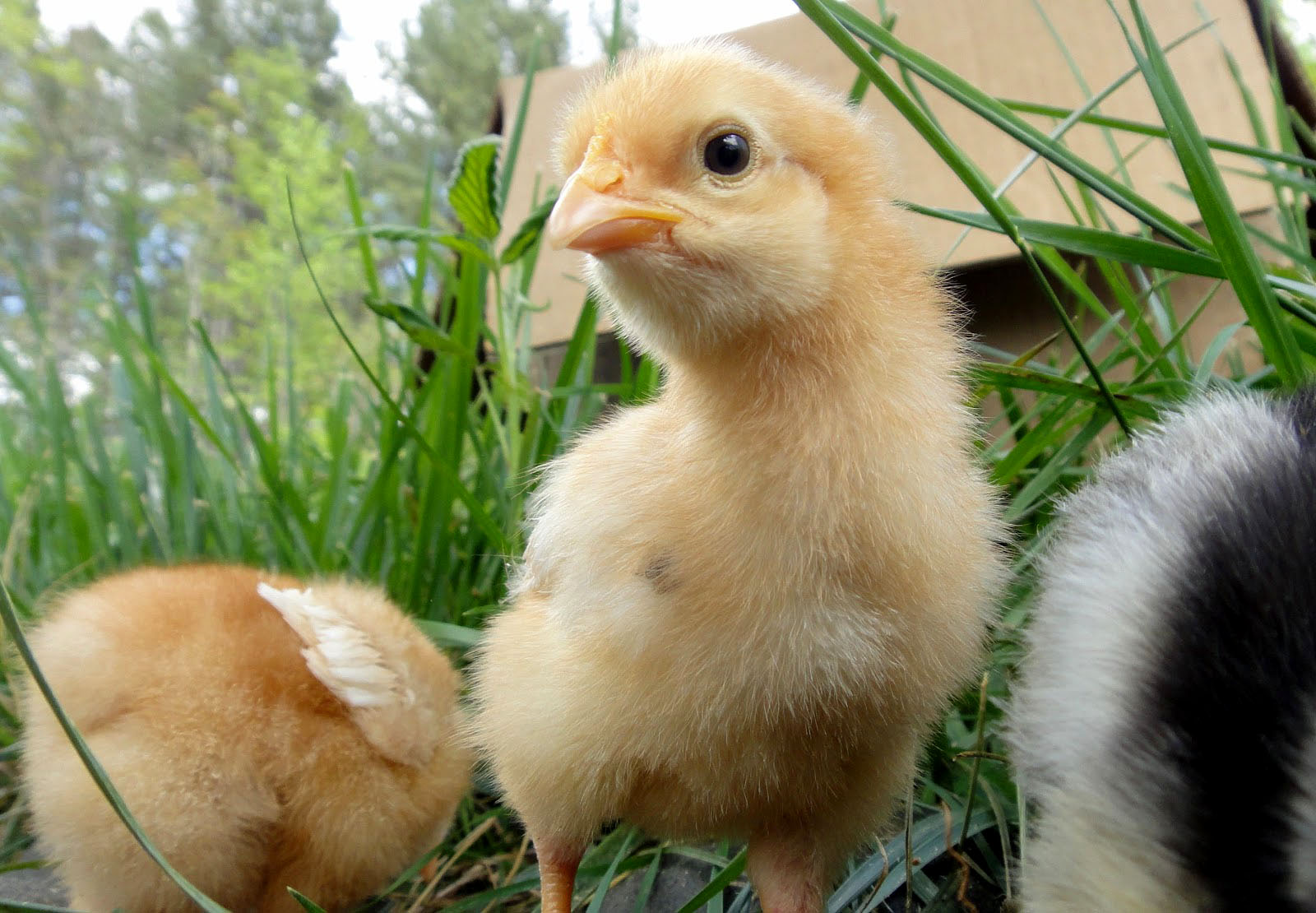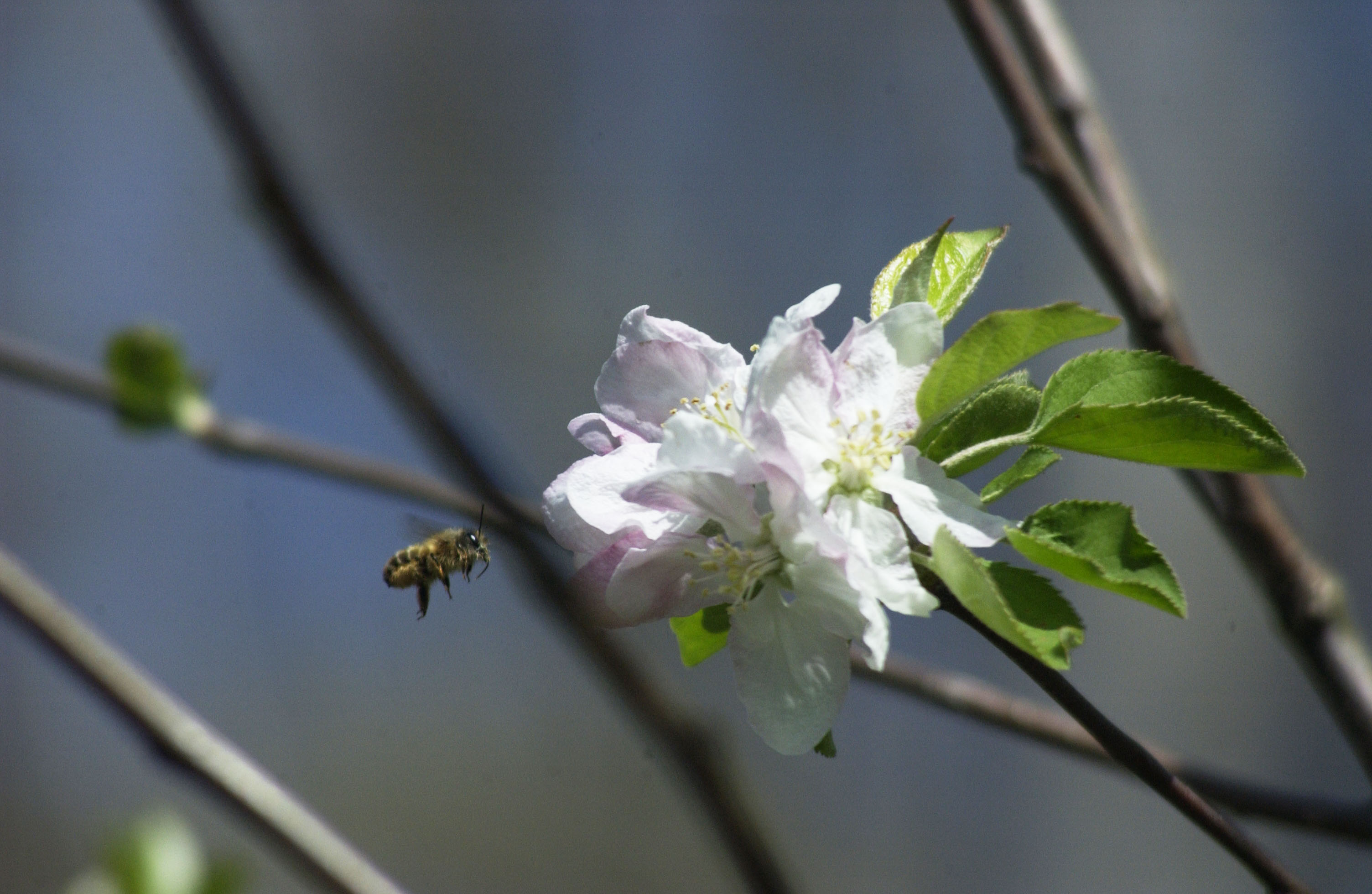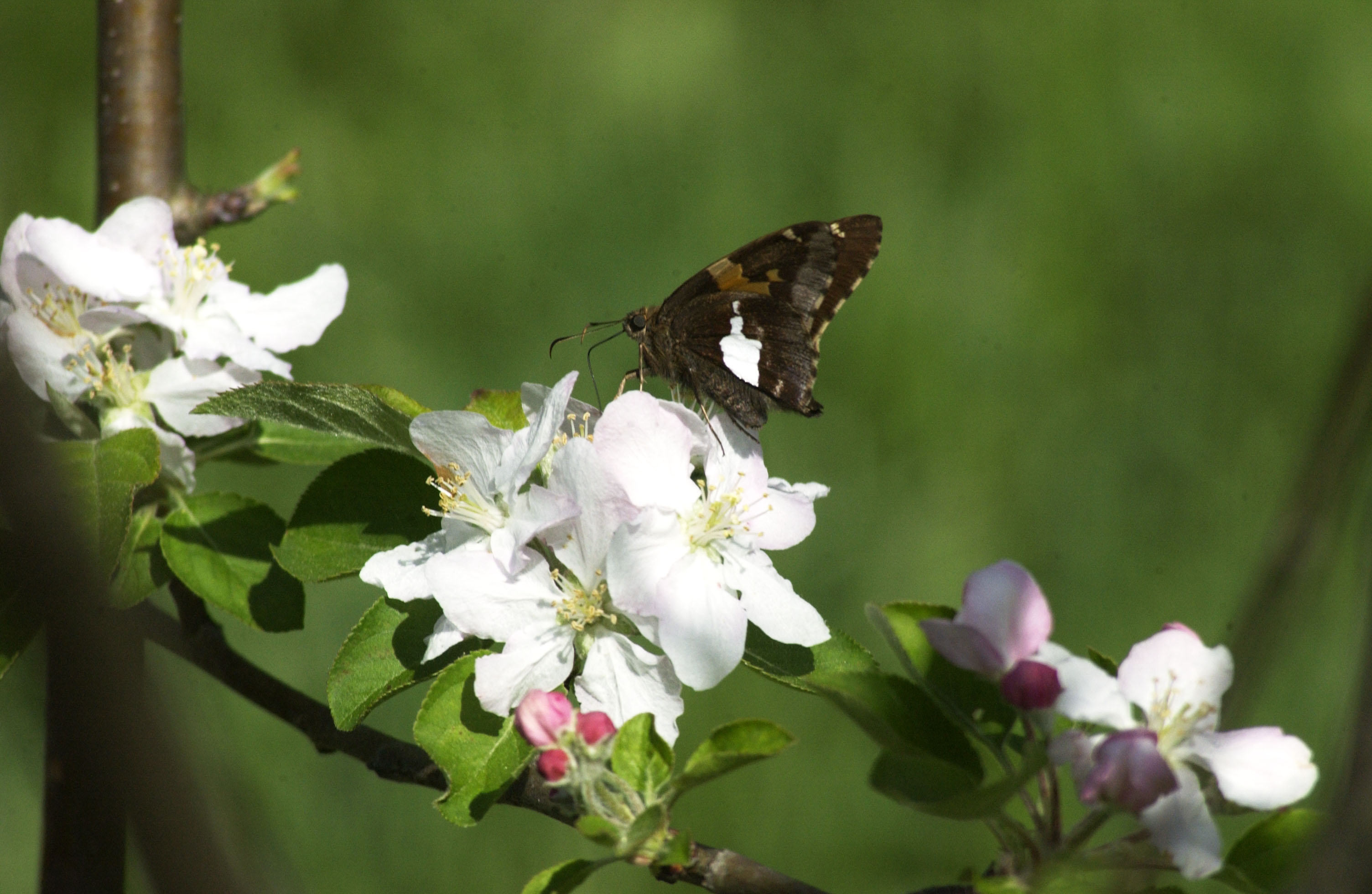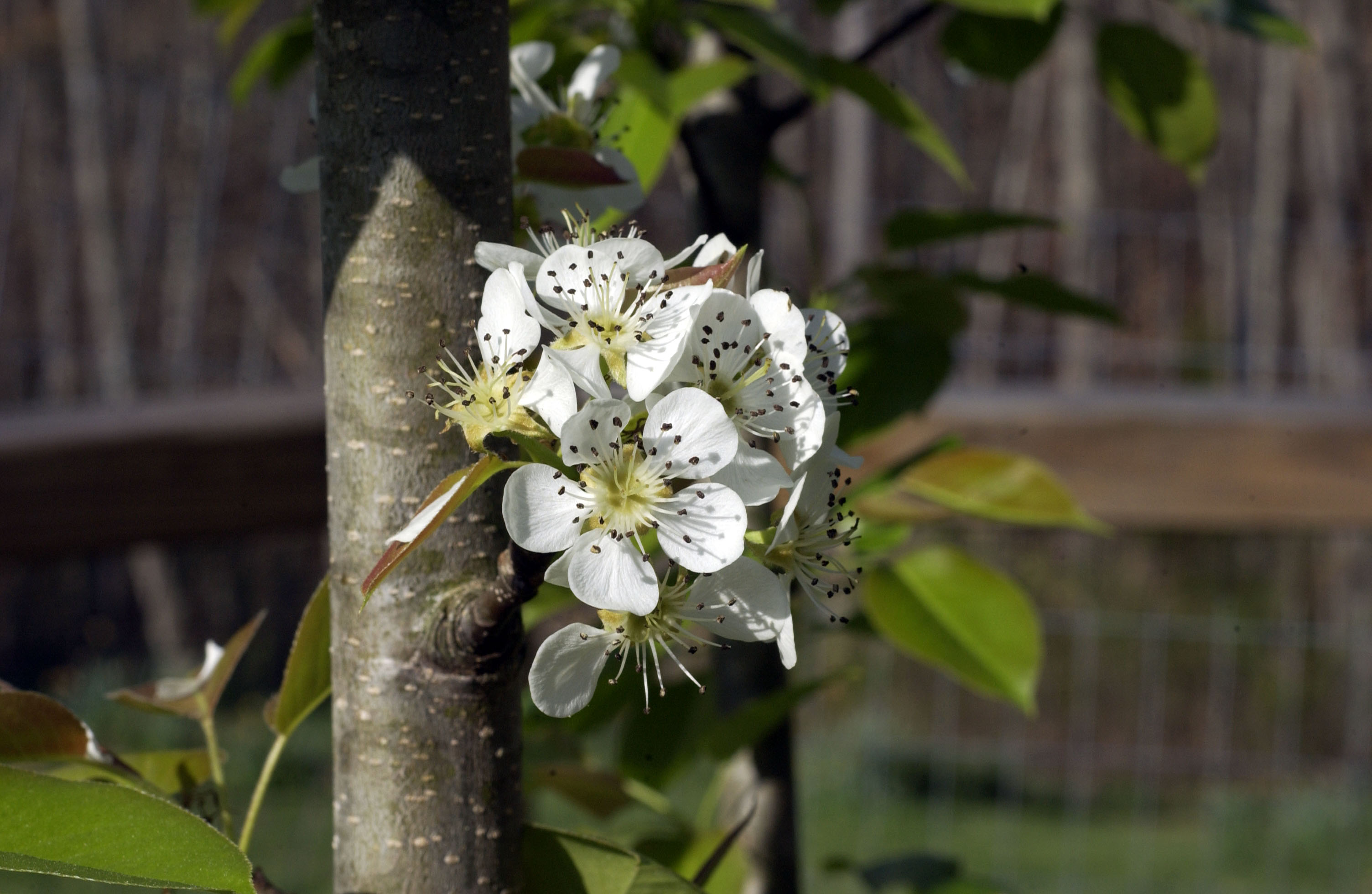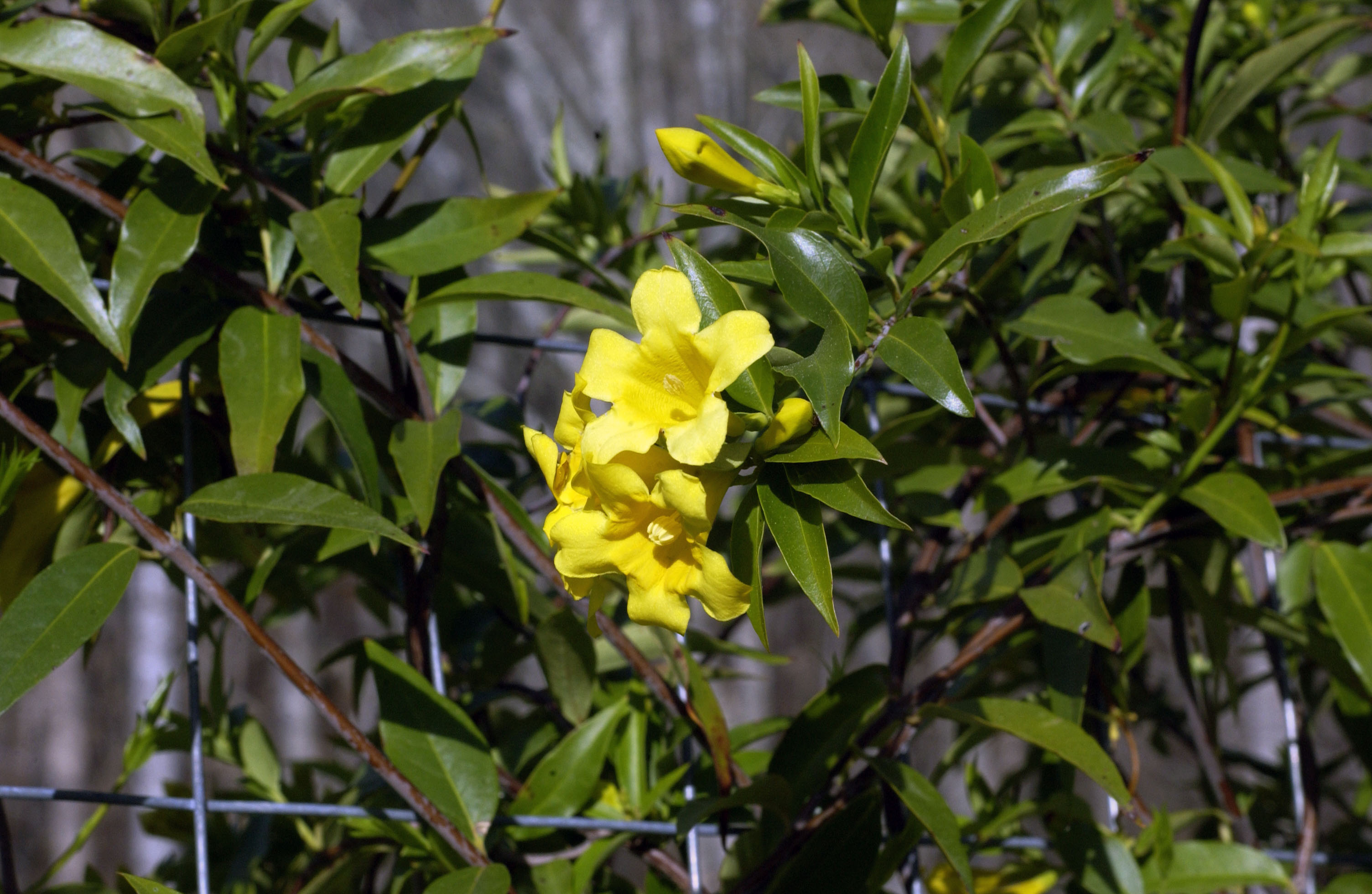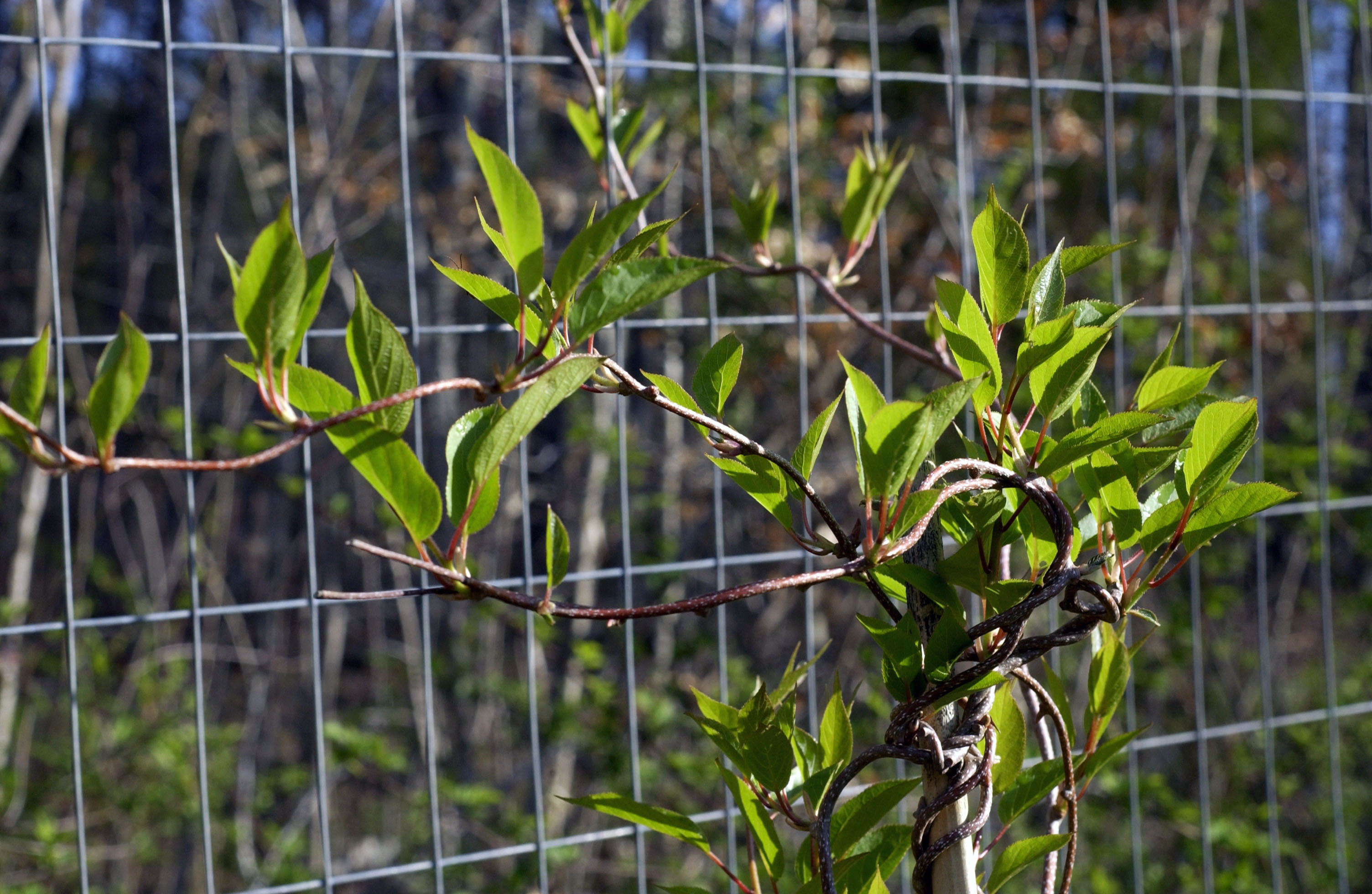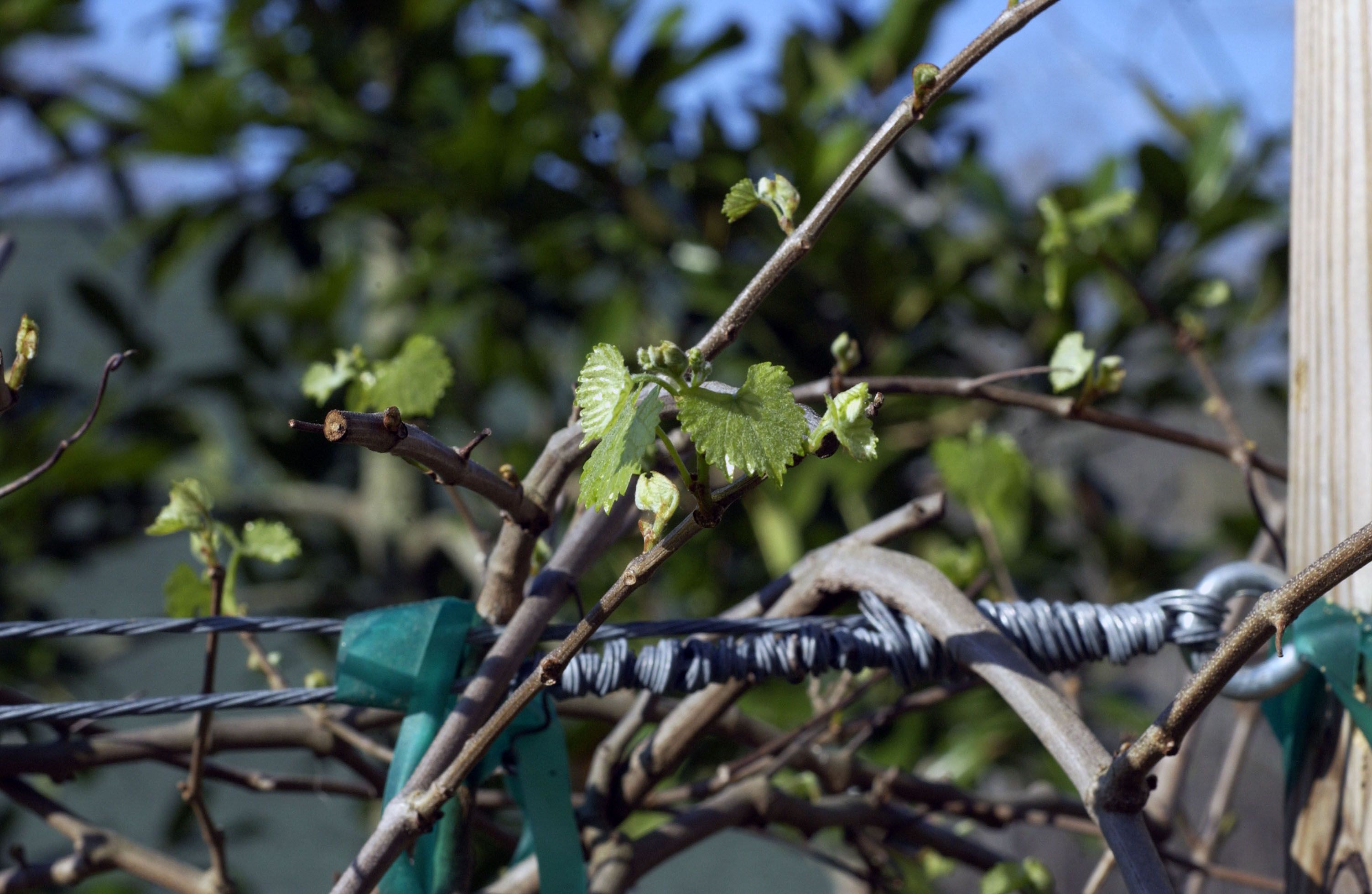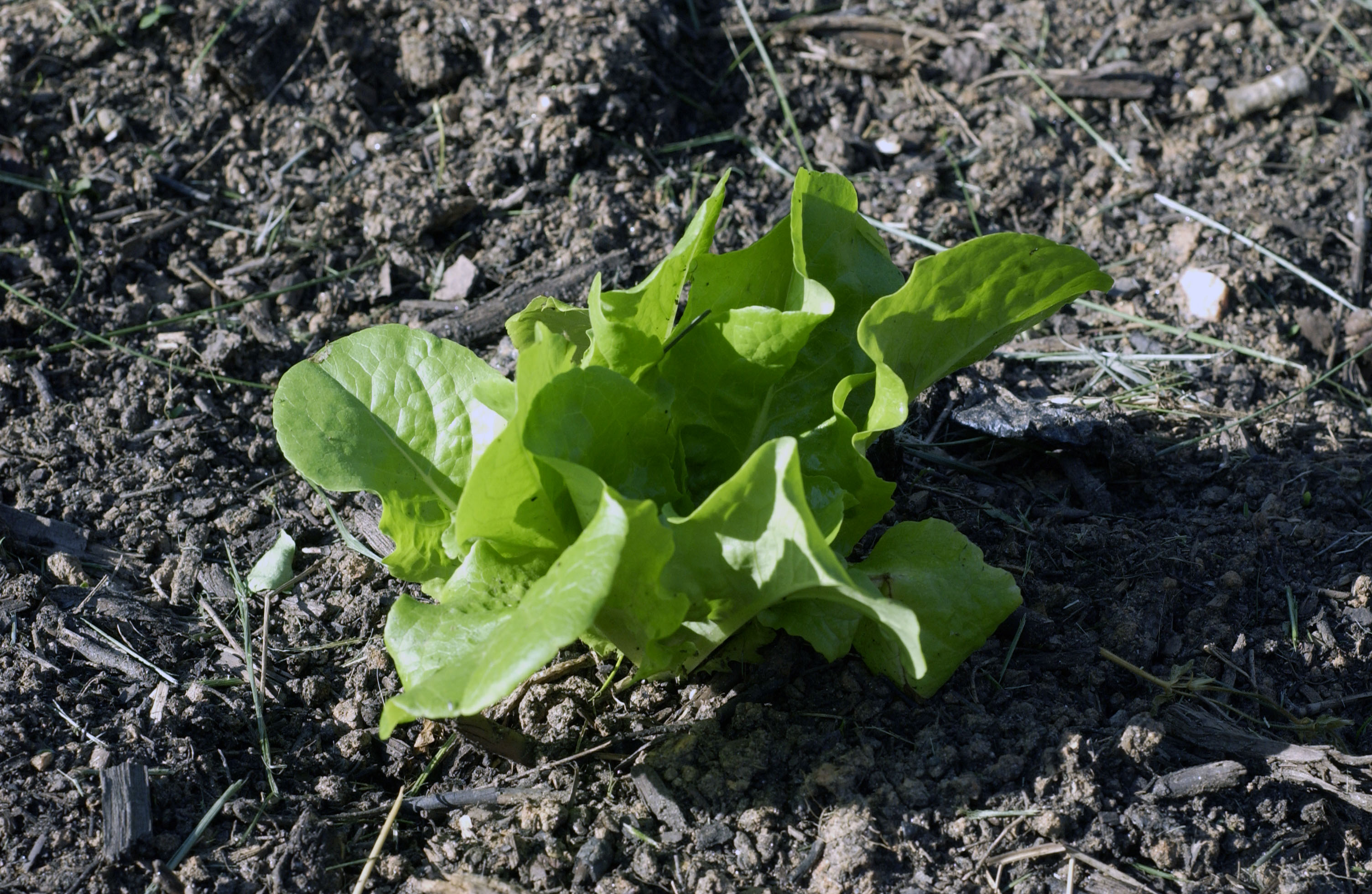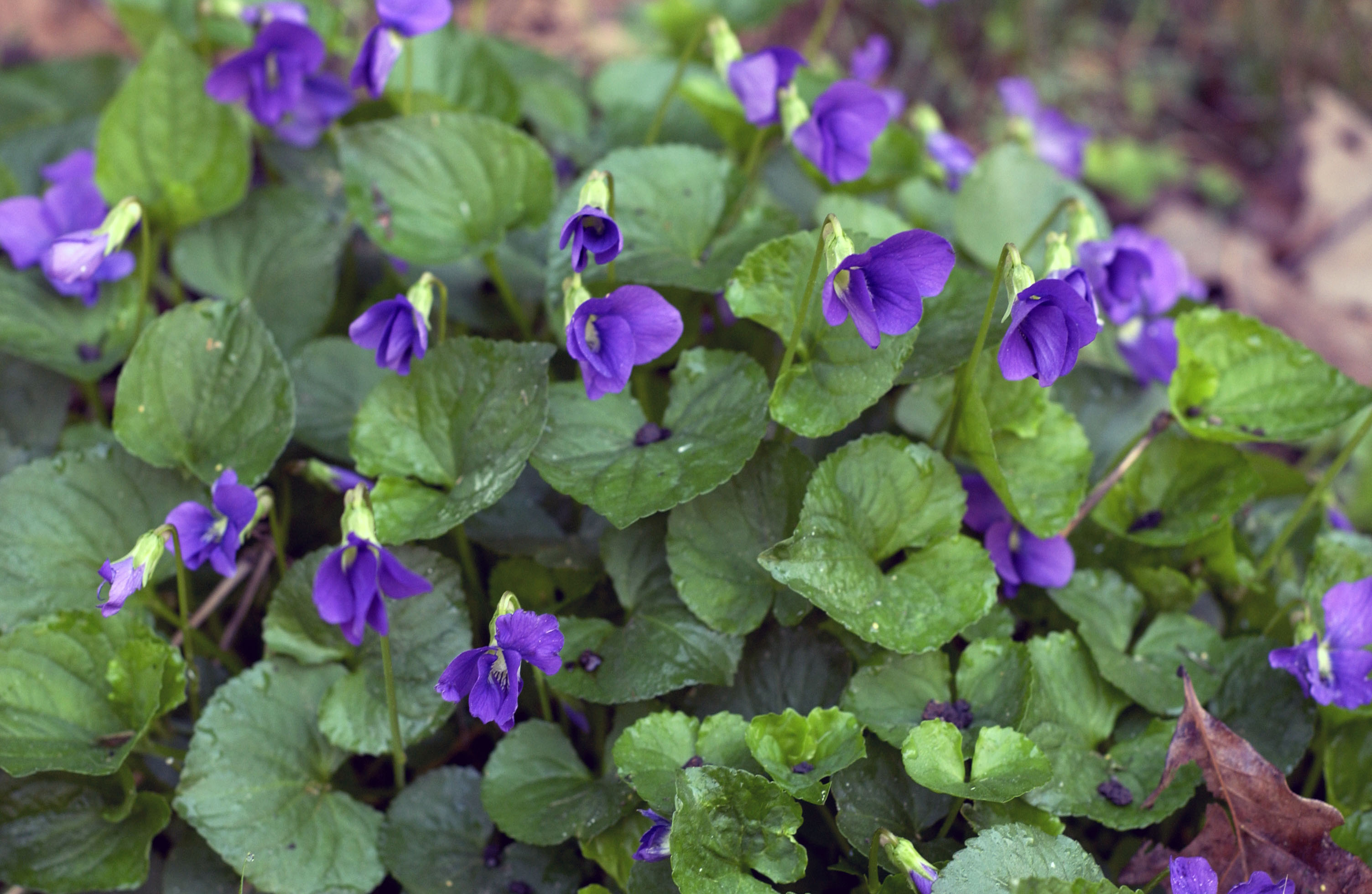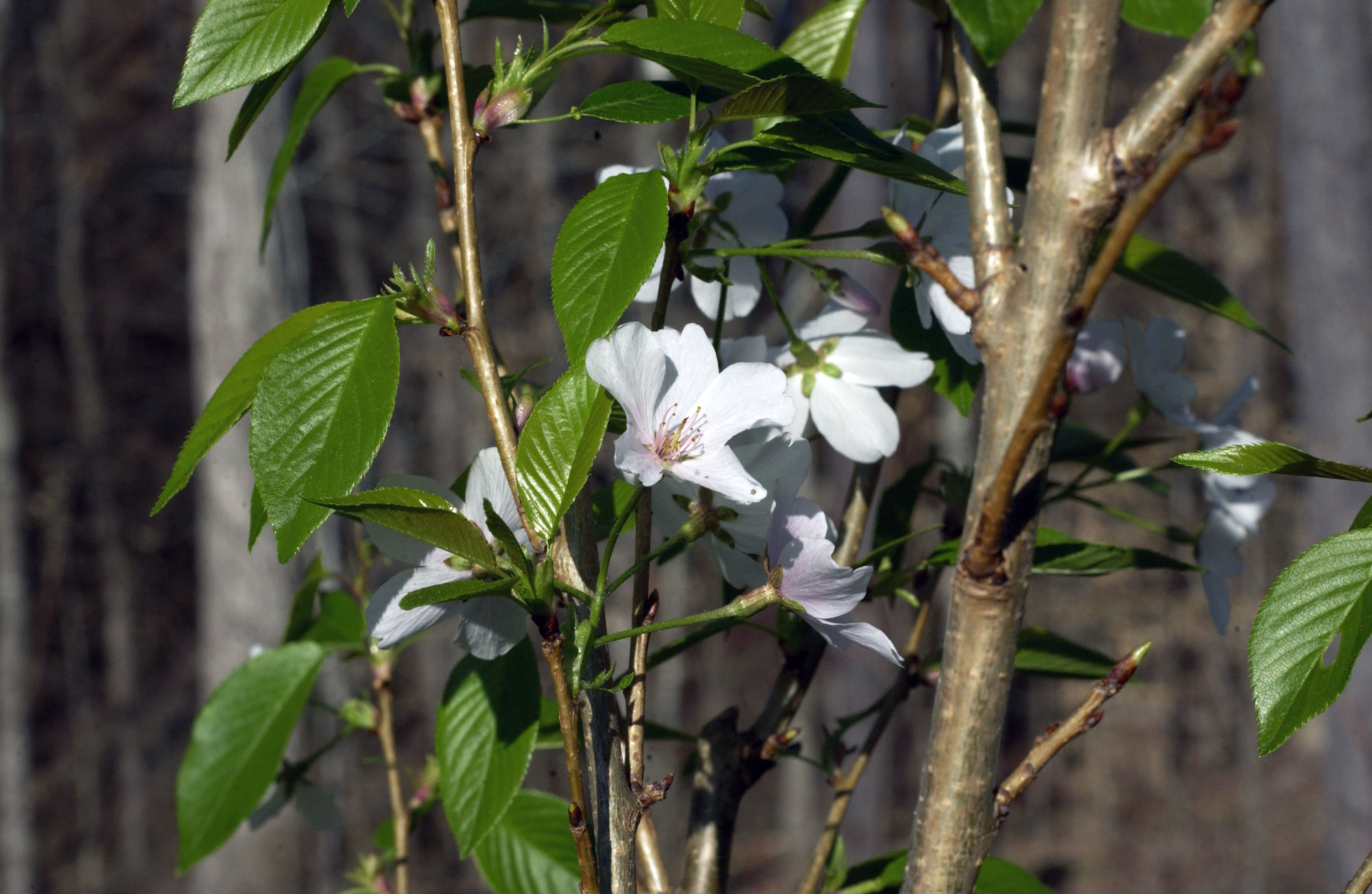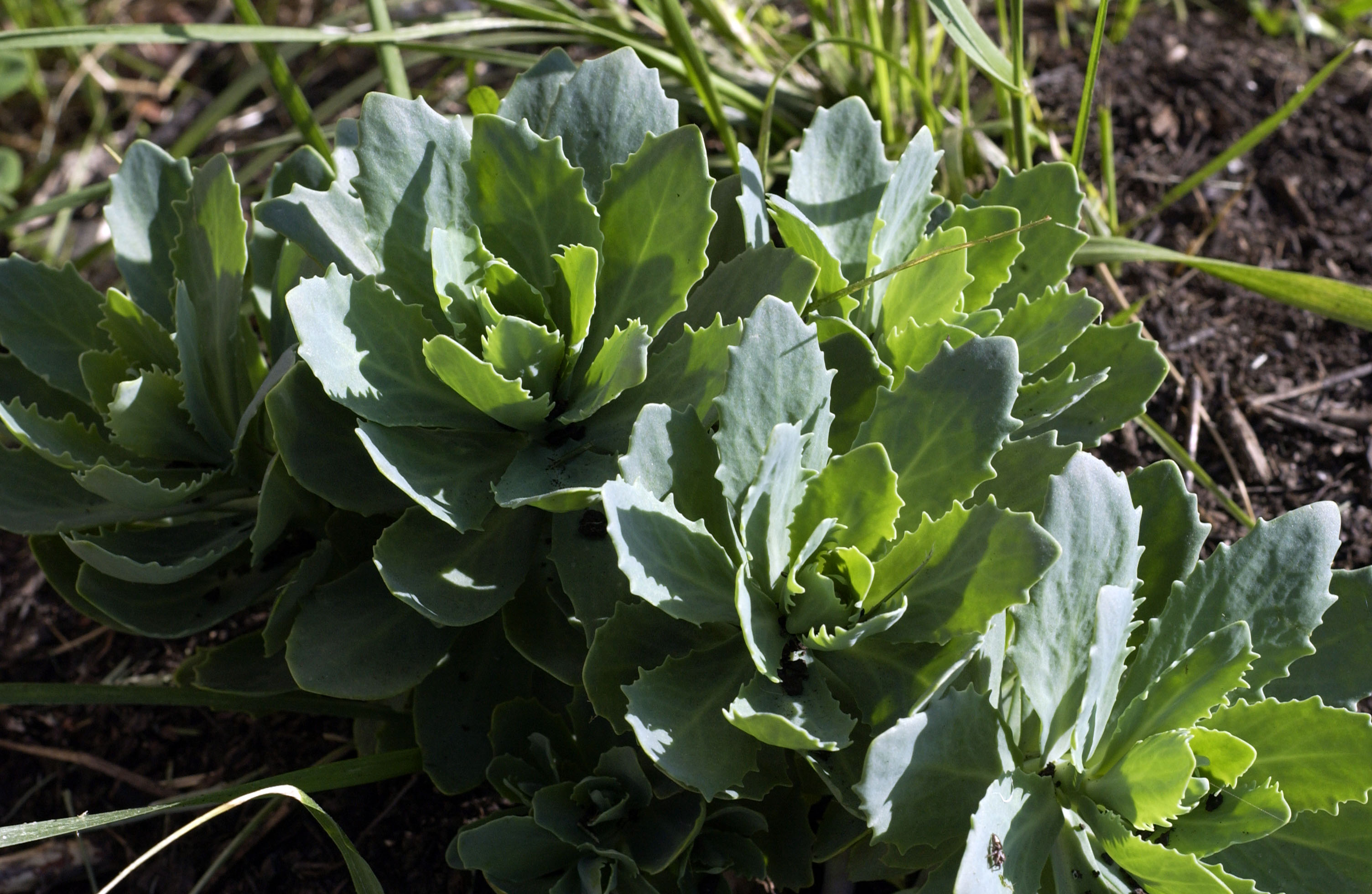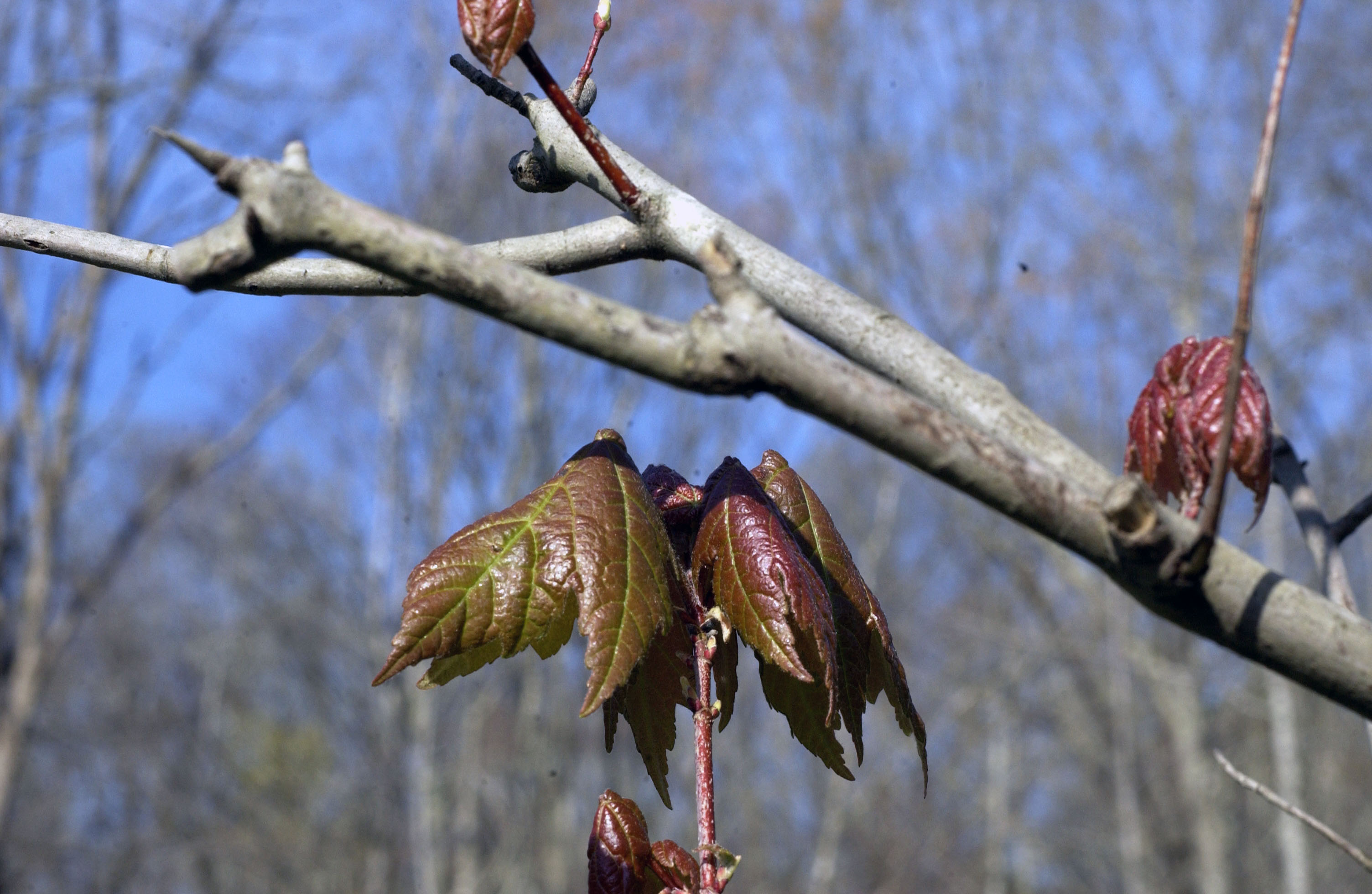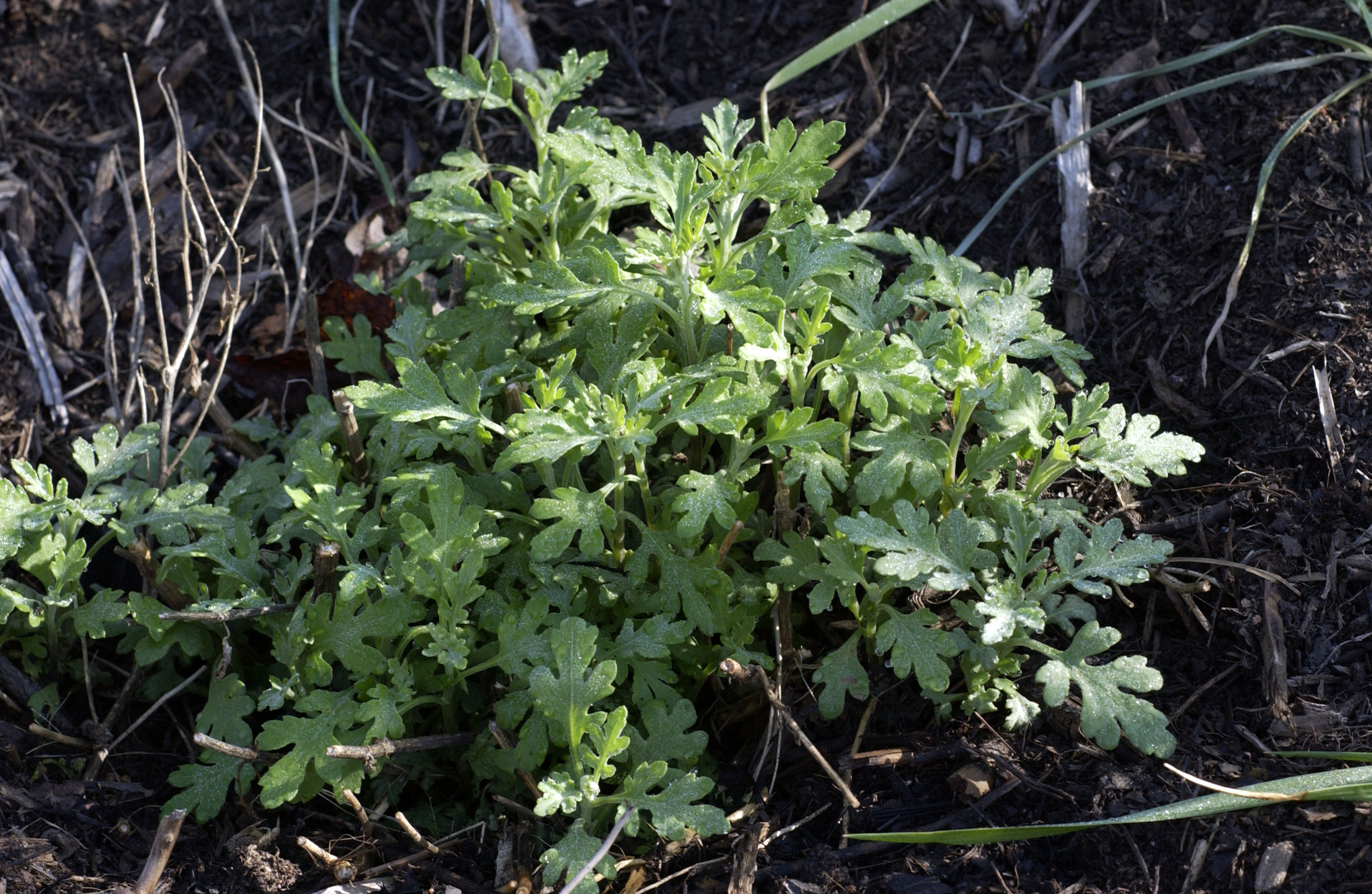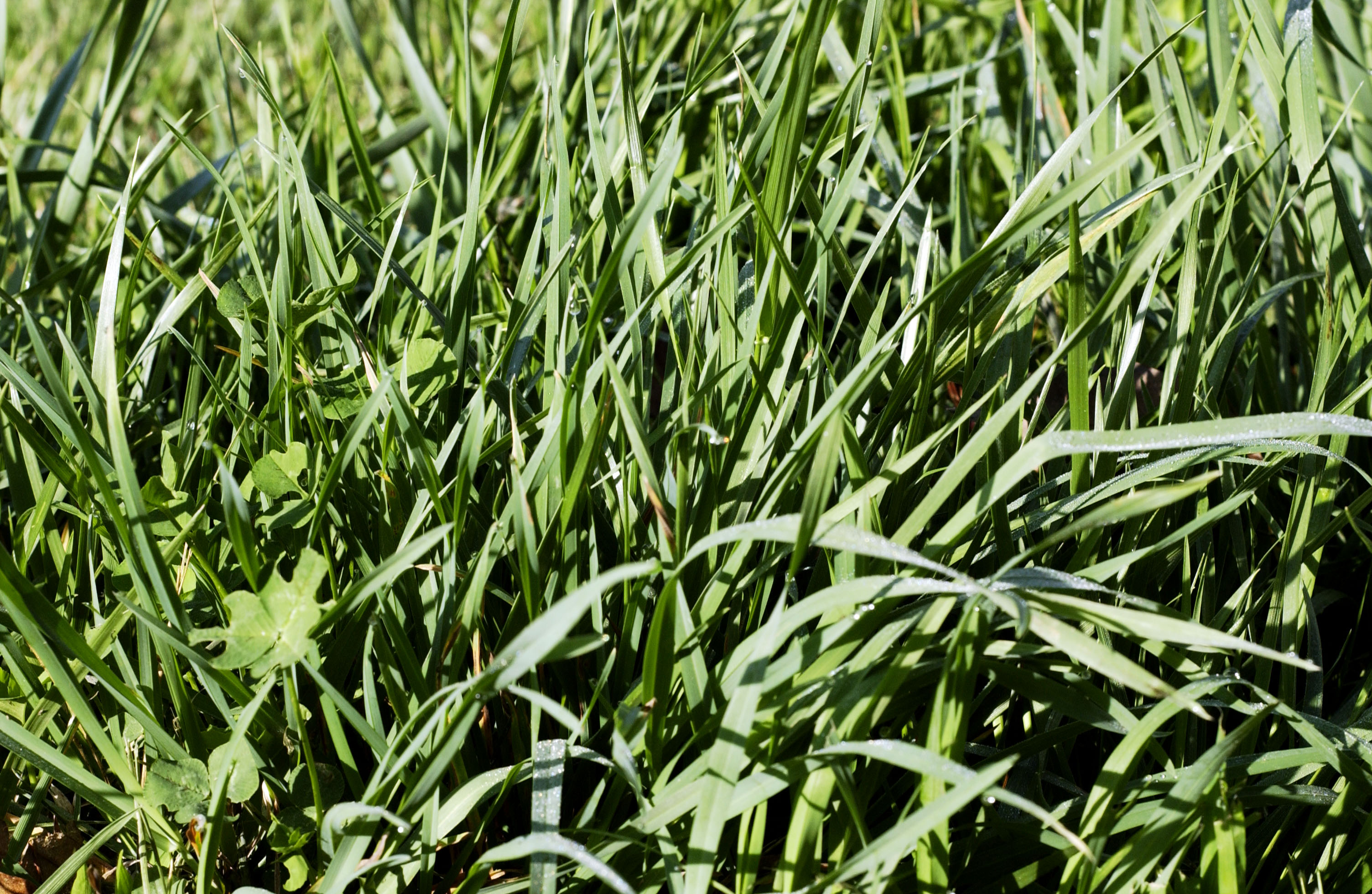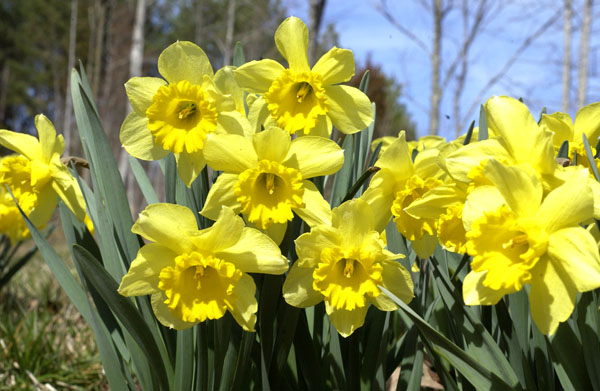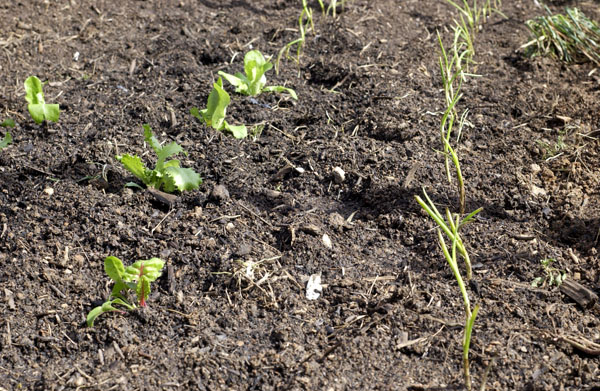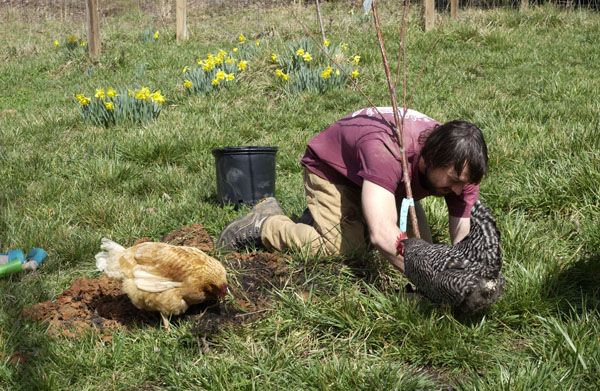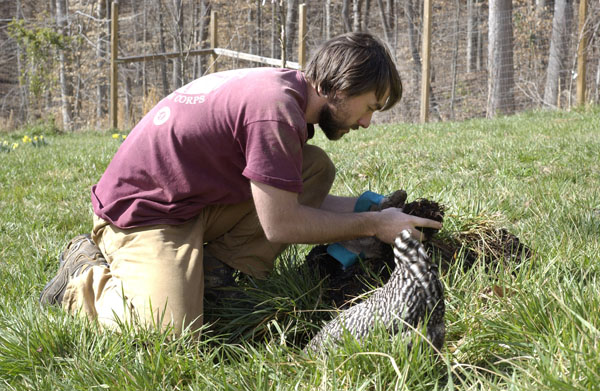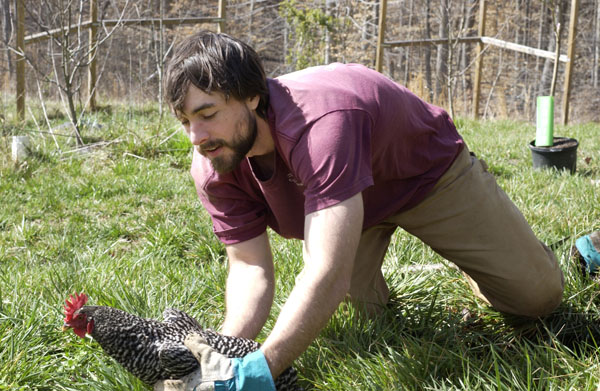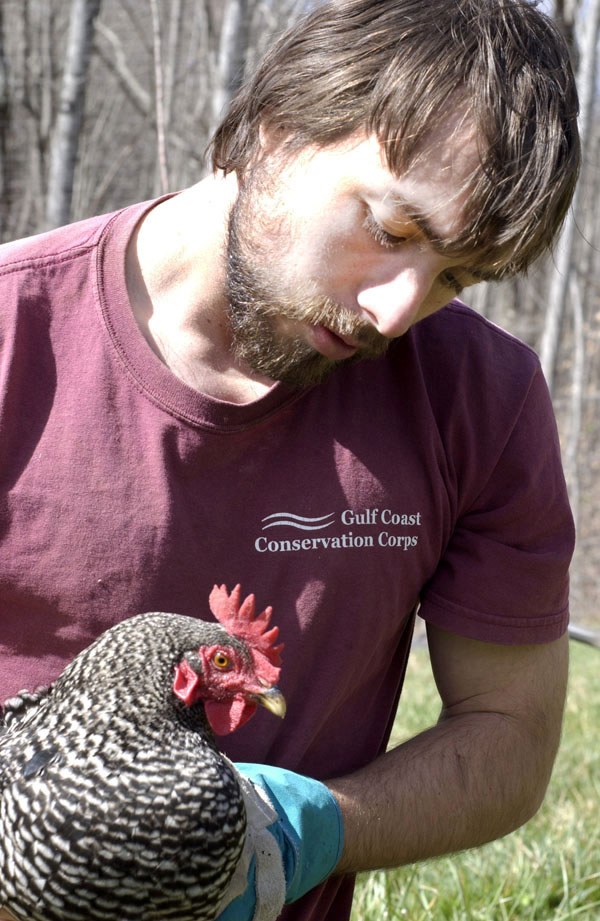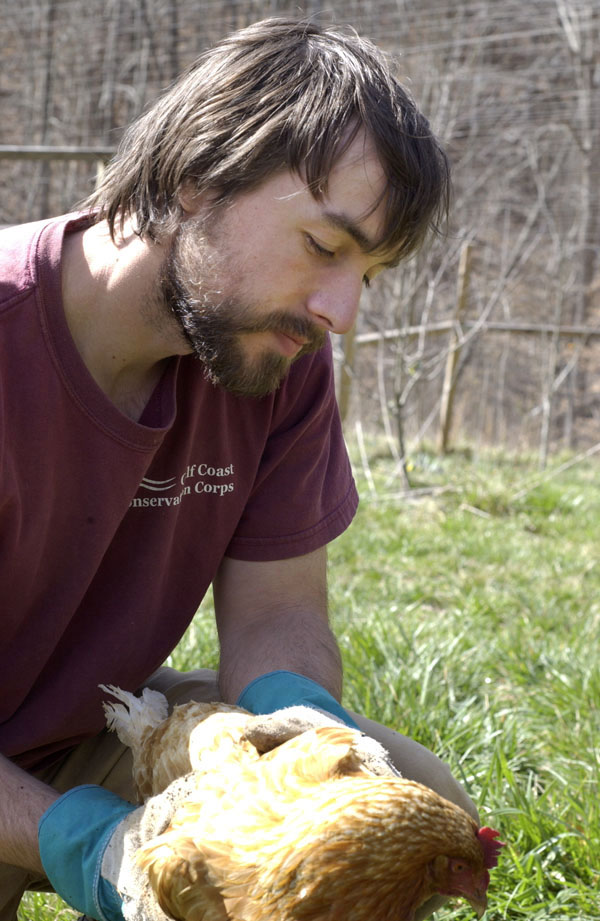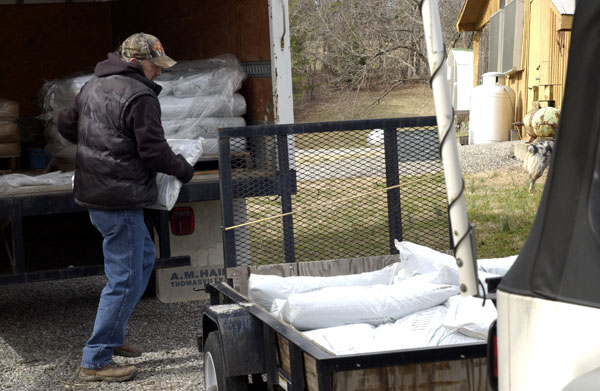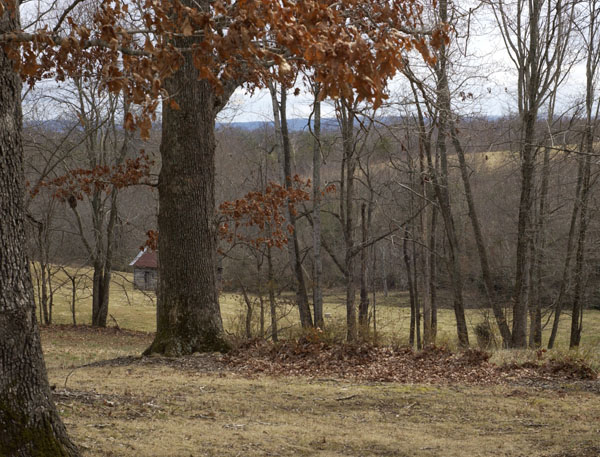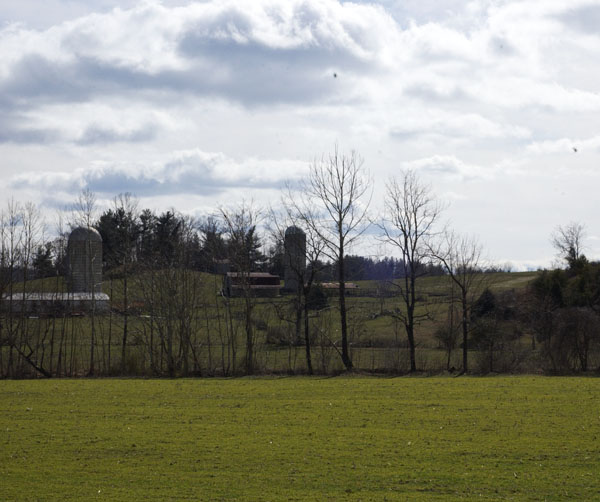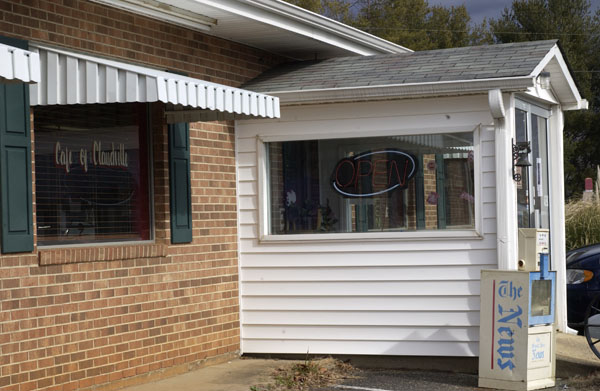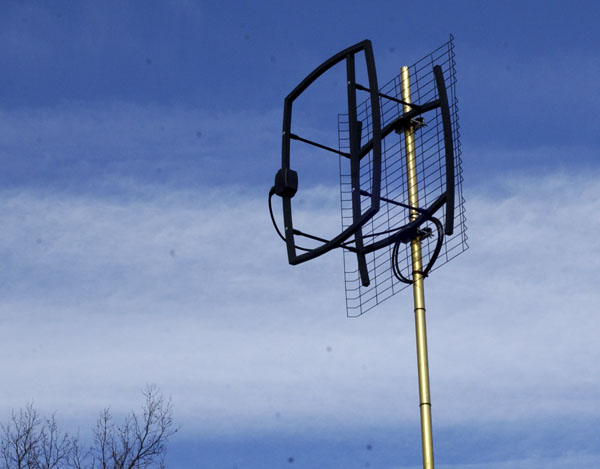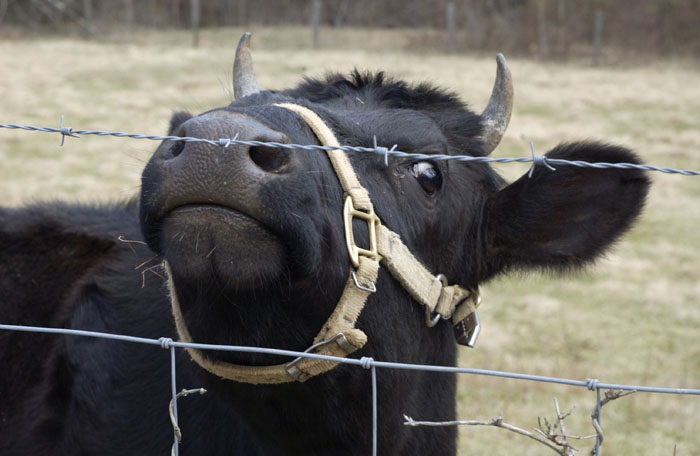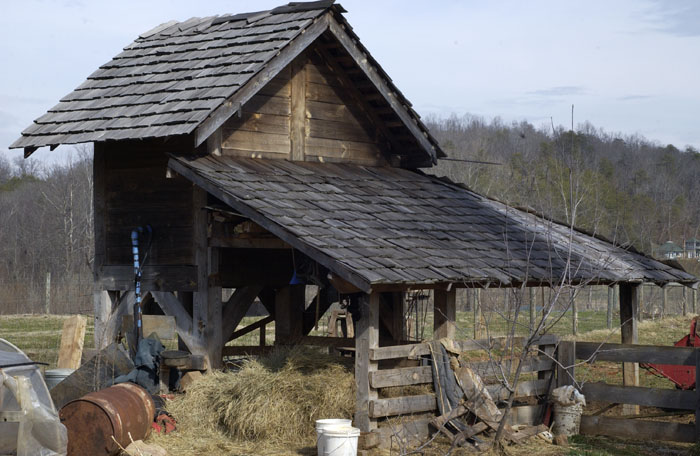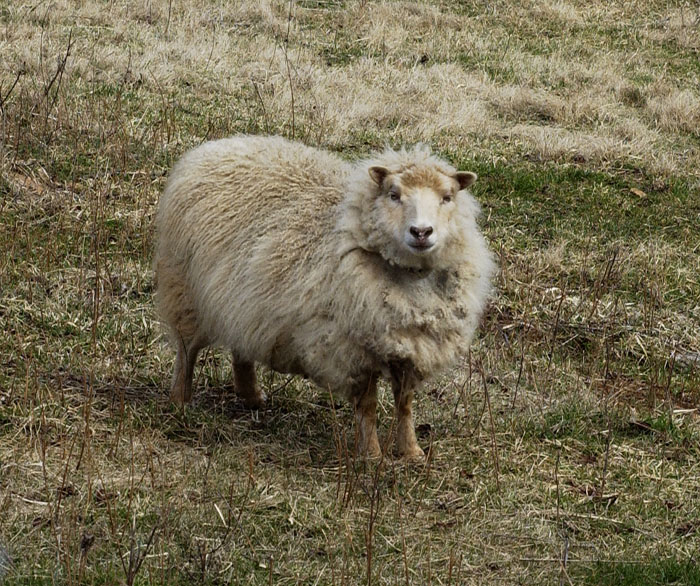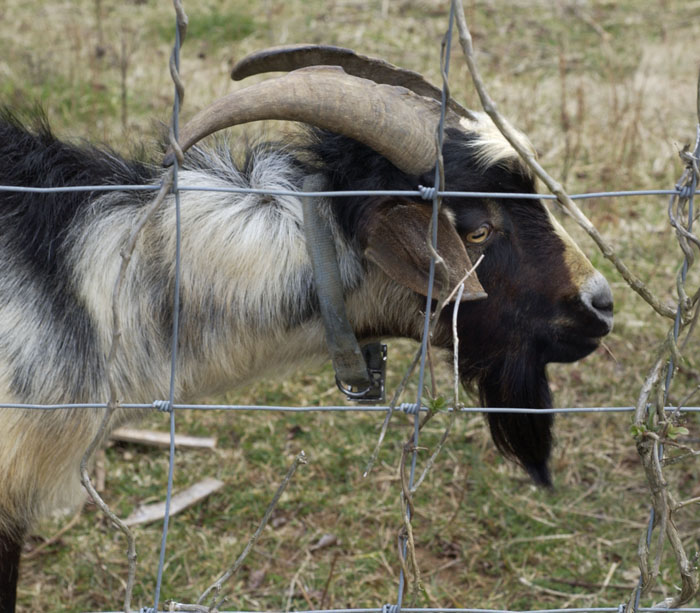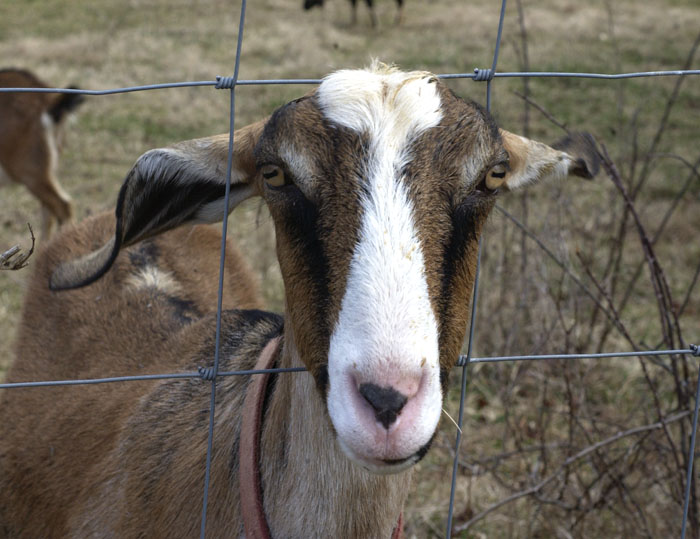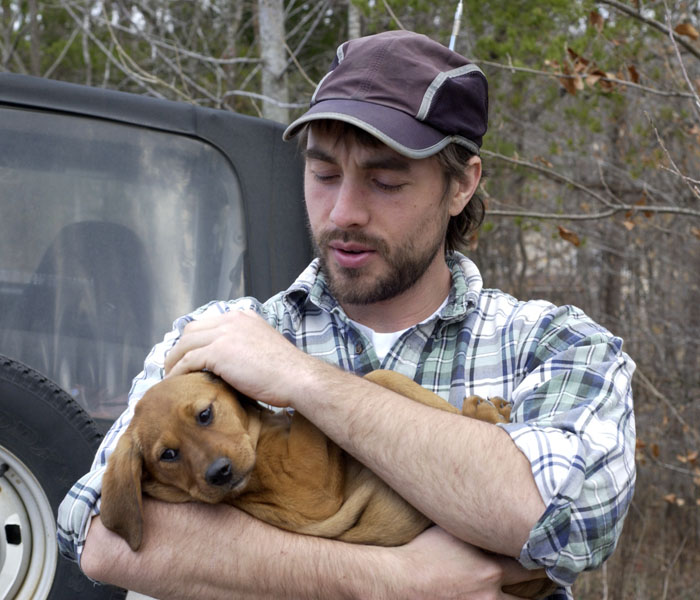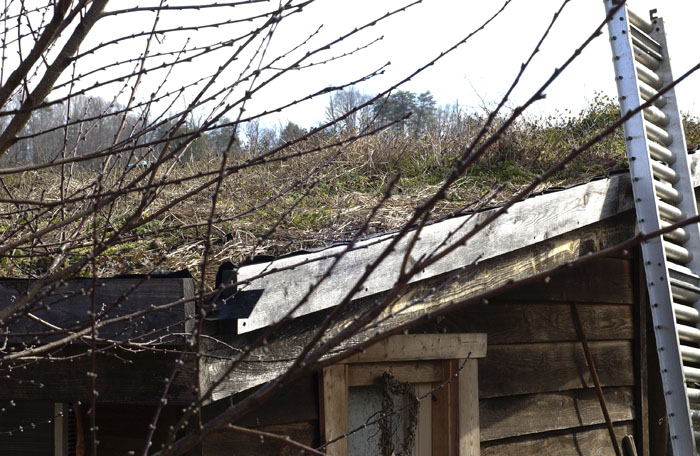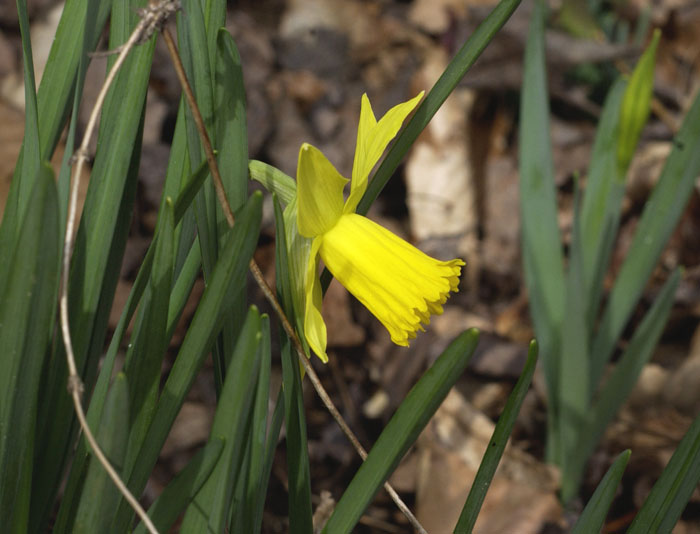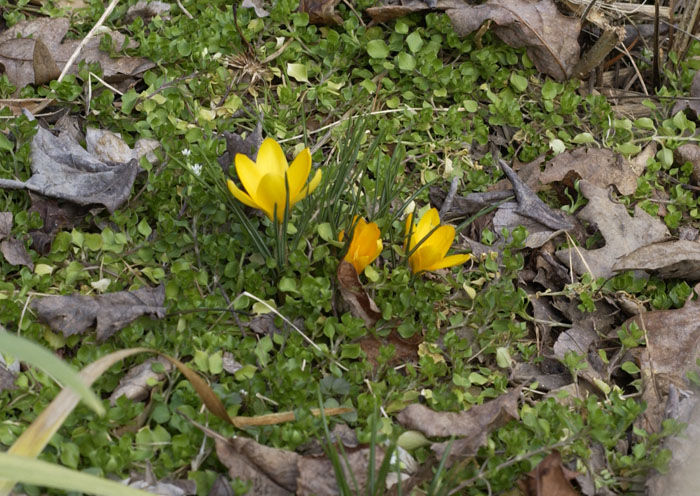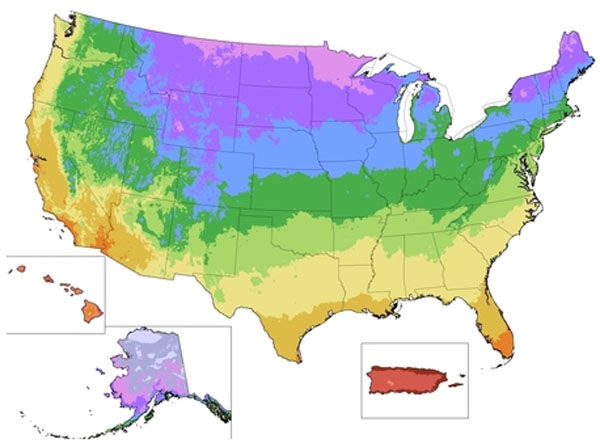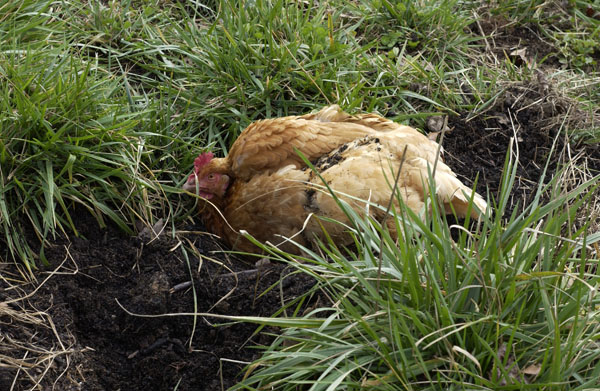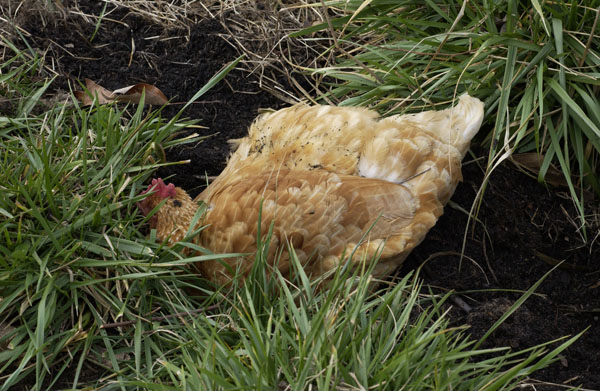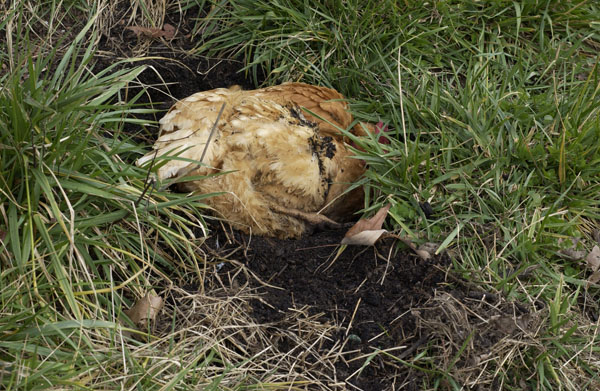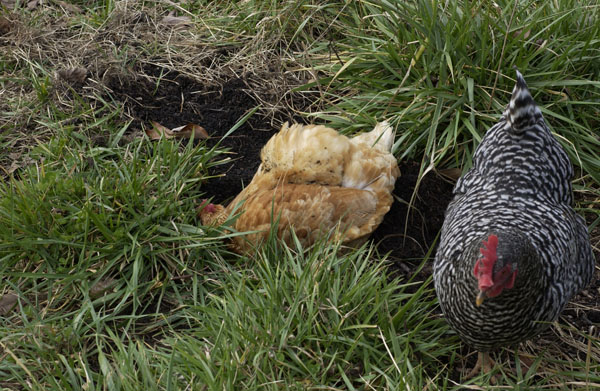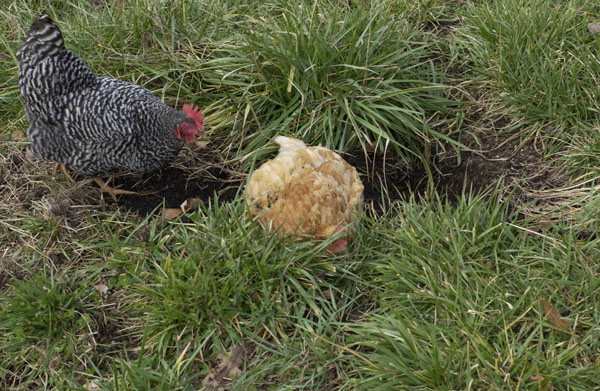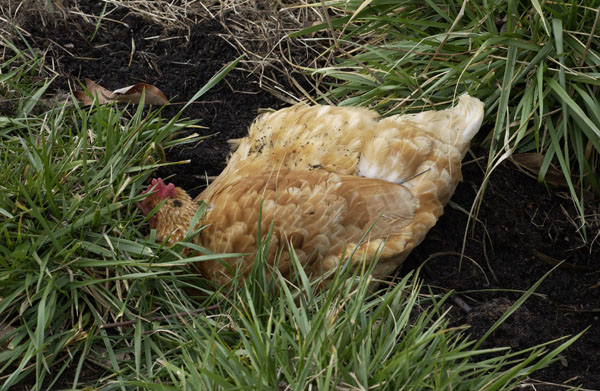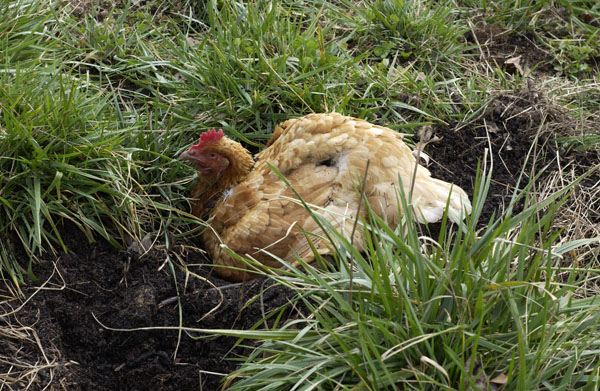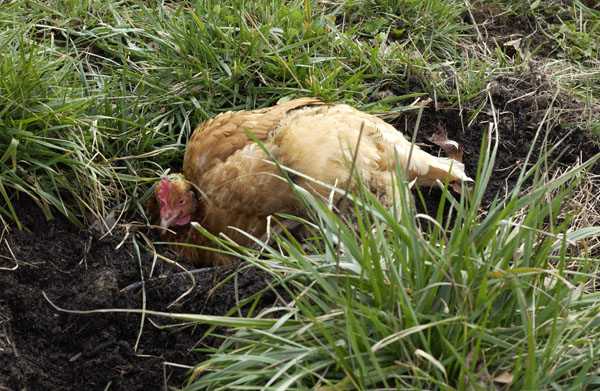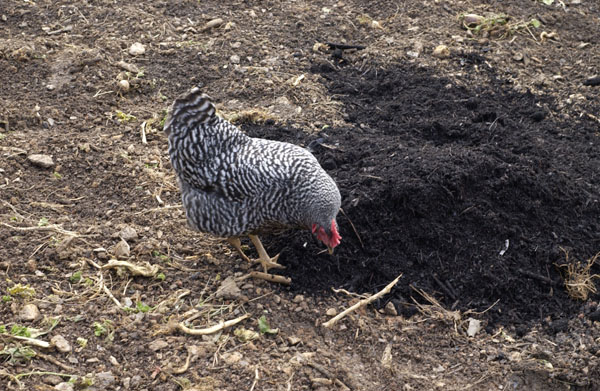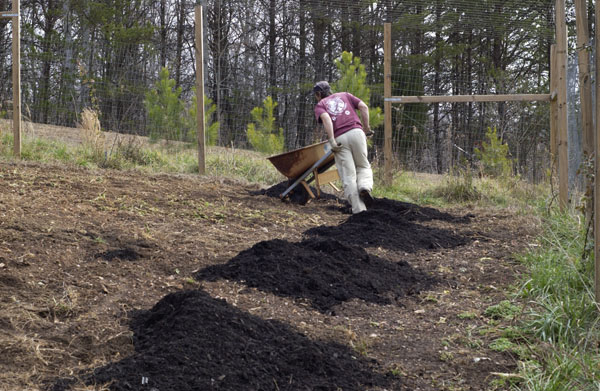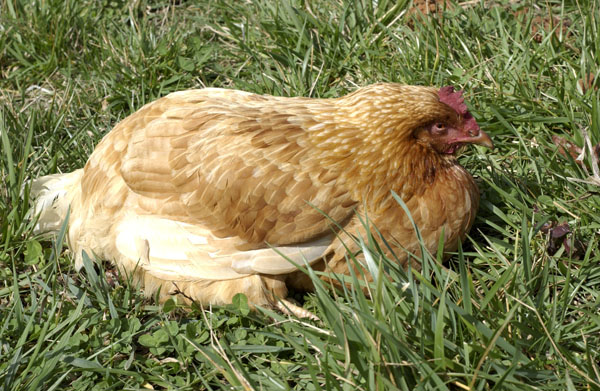
Ruth resting in the grass the day before she died
Ruth died on Tuesday. Some sort of digestive disorder carried her off. She fought it for a week, then finally she stopped eating and drinking and weakened fast. Tuesday was a cold day with a very cold night forecast. We brought her inside and gave her a heat lamp Tuesday morning, but she died very peacefully around dusk.
We bought a flowering cherry tree as her memorial. She’s buried under the new tree. I am not certain what made her sick, but I think there’s a very good chance that it was the organic fertilizer we spread a couple of weeks ago. The fertilizer contains chicken manure, and it’s pelletized. I’m afraid the chickens ate some of it before the rain washed it in, because it probably looked like food and wasn’t recognizable for what it was. Patience also was sick and had diarrhea for a while, but she recovered. So there’s a new rule at the abbey: The chickens must be kept away from newly spread organic fertilizer.
Now we’re down to one chicken — Patience. I was afraid that Patience would be depressed from loneliness, but she seems to be doing pretty well so far. Then again, she’s had Ken for company. Ken has been working on replacing the screen and re-securing the chicken house against predators, in preparation for new baby chickens. Patience has stayed right with him almost every minute. Ken said that, at one point, when he was lying on the ground to work on the bottom screen, Patience was exploring his hair with her beak. I think I’ve mentioned before that Patience has long had a crush on Ken.
Anyway, it’s almost time for spring chickens, and we’ve had to make some quick decisions. Ken had the brilliant idea of getting some fertile eggs and giving Patience a chance to hatch the eggs and raise the chicks. She has already shown a bit of a tendency to nest this spring, though she hasn’t been obsessive about it. Maybe some eggs will stimulate her instincts. I’ve ordered a dozen Golden Comet fertile eggs from eBay. They should arrive next week. We’ll give Patience five or six of the eggs and see what she can do. If she succeeds, we’ll have to figure out what to do with the males. If she fails, there should still be time to buy chicks from the local roller mill. They always sell baby chickens in the spring, around Easter.
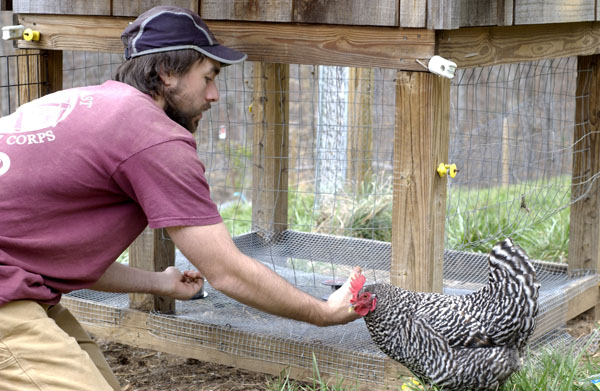
Any time Ken’s in the garden or orchard, Patience dogs him, especially if he’s digging, or on the ground like a chicken. Patience has thoroughly enjoyed Ken’s work replacing all the predator wire on the chicken house.

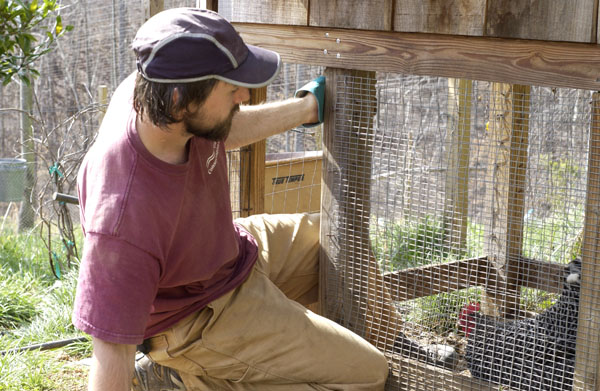
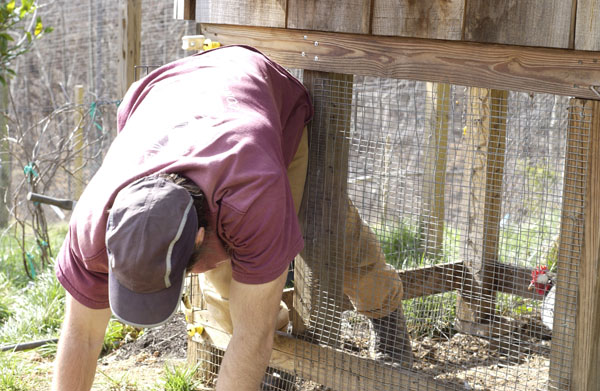
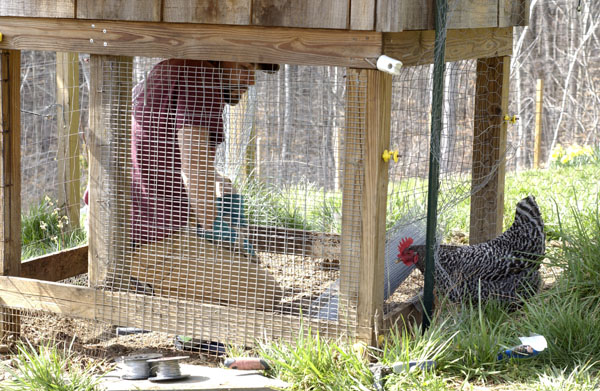
What’s wrong with this picture?
